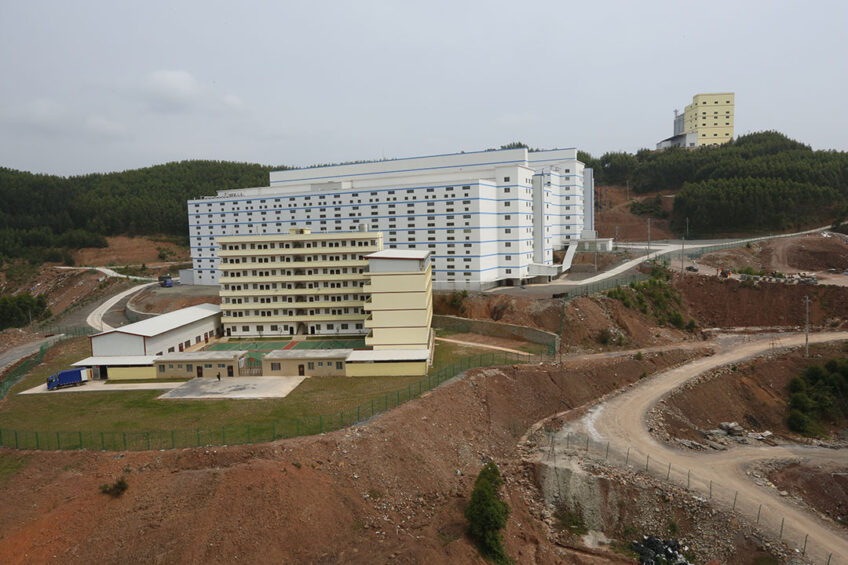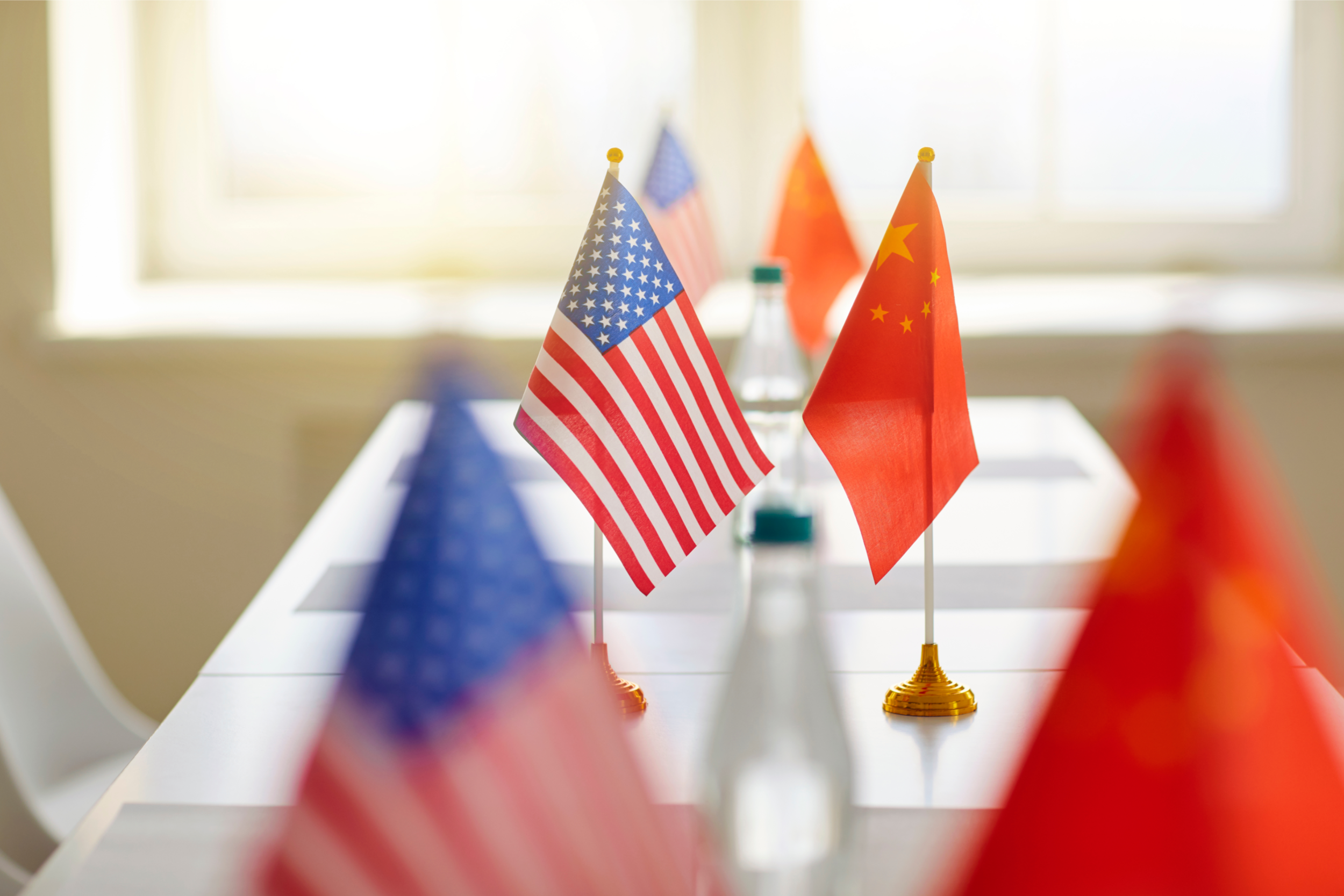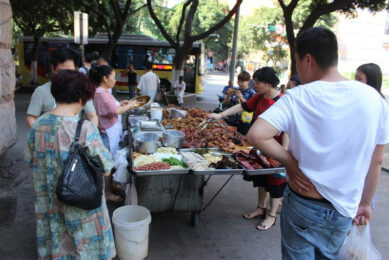Research: ‘China’s pork market has started a new cycle’

According to a new report from agribusiness bank Rabobank, China’s pork industry has begun a new cycle, which will see less price volatility and more government monitoring.
In a press release, the bank explained that the cycle started in mid-2022, following a year in which hog prices bottomed out with great losses for the industry. The main drivers influencing this cycle include policies, new industry structures, sustainability demands, and consumer trends. Market opportunities will be available to both local and global players, with considerable growth potential.
5 full cycles
According to the bank, China’s pork market went through 5 full cycles between January 2003 and June 2022, each lasting around 3-4 years. This latest cycle will differ from previous ones, as the market is more consolidated, economic growth is slower, and there is a greater social and environmental focus in China.
Less pig price volatility
The press release quotes Chenjun Pan, the bank’s senior analyst animal protein, saying: “We expect the new cycle to have less price volatility and a slightly shorter length compared to previous cycles. Where cost leaders were the survivors from the previous cycle, in the longer term, winners will be those who are not only cost leaders but are also able to integrate supply chains.”
Consolidation, industrialisation and modernisation
The bank went on to explain that each cycle is triggered by different factors, with the industry in different stages of development. Still, recent cycles have all pushed the pork industry closer towards consolidation, industrialisation and modernisation. On top of that, other factors will also influence the new cycle, the bank explained: China is currently in a transitional period of economic and technological development; new trends, like convenience, are influencing consumer demand; and social issues are putting climate change and the need for emissions reductions under the spotlight.
More governmental oversight and further consolidation
All this should lead to more governmental oversight and further consolidation. Pan was quoted to say, “The top 20 companies produced over 20% of the national total in 2021, compared to 11% in 2019. This leaves less space for smallholders, who tend to react to market signals immediately. As a result, market volatility is expected to be lower. We expect this cycle to be a bit shorter than previous ones, as large-scale players can respond quickly by ramping up supply.”
Growth potential in the swine industry
Local and global players will find opportunities in this new cycle, the bank concluded. According to Pan, 3 main areas will offer considerable growth potential.
Productivity development
The government has identified genetics as a core strategic development area. Future development will focus on establishing a breeding system that is independent from the foreign breeder supply. New technology (e.g. automated equipment, robots, AI, etc.) can be adopted to reduce costs.
Market consolidation
With the exit of small players, we will see rising competition among large players. In a slow-growing market, competitiveness will come from cost leadership, quality, market reputation, and corporate social responsibility (CSR) efforts.
International trade
Given the strategic importance of its pork supply, China will continue to import pork as an important supplement to its domestic supply. Although the import volume is expected to decline in 2022, China will remain the world’s largest importer with imports returning to a ‘normal’ range in this cycle. Importers will shift to a combination of trading and own processing/distribution.











